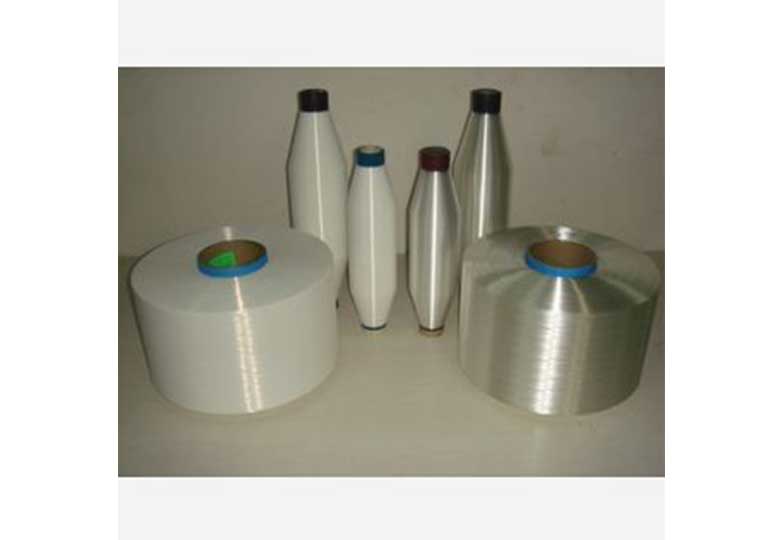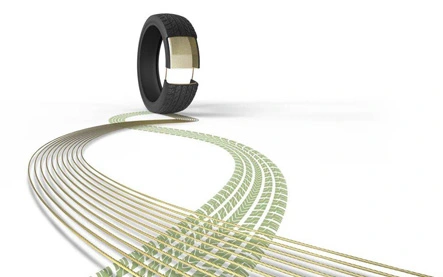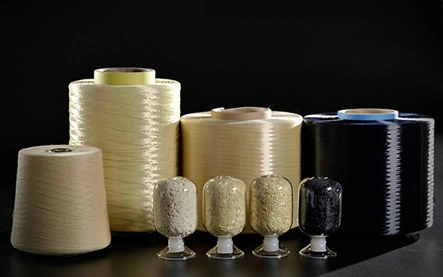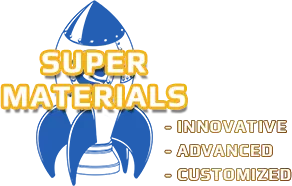
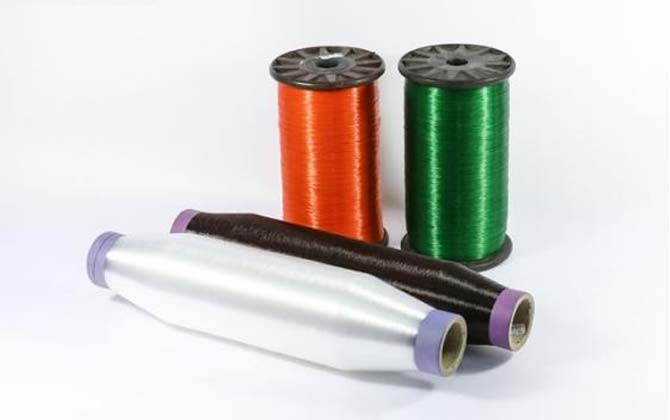

Every year, millions of tires end up in landfills, creating an environmental crisis with far-reaching consequences. In the United States alone, over 274 million tires were scrapped in 2021, with nearly a fifth of them being discarded into landfills. The accumulation of these waste materials presents not only a space issue but also introduces environmental hazards, such as chemical leaching and spontaneous combustion. While pyrolysis -- a process that chemically recycles rubber through high-temperature decomposition -- is widely used, it generates harmful byproducts like benzene and dioxins, posing health and environmental risks.
A U.S. Department of Energy-funded study, "Deconstruction of Rubber via C-H Amination and Aza-Cope Rearrangement," recently published in Nature and led by Dr. Aleksandr Zhukhovitskiy, William R. Kenan, Jr. Fellow and Assistant Professor in the Department of Chemistry at UNC-Chapel Hill, introduces a novel chemical method for breaking down rubber waste. This pioneering technique utilizes C-H amination and a polymer rearrangement strategy to transform discarded rubber into valuable precursors for epoxy resins, offering an innovative and sustainable alternative to traditional recycling methods.
Rubber, including the synthetic kind used in tires, is composed of polymers cross-linked together into a three-dimensional network that behaves as a tough, flexible material. Recycling these materials is difficult due to the extensive cross-linking within the polymer structure, which gives rubber its durability but also makes it resistant to degradation. Traditional methods for breaking down rubber focus on two main approaches: de-vulcanization, which breaks sulfur cross-links but weakens the polymer's mechanical properties, and cleavage of the polymer backbones using oxidative or catalytic methods, which often result in complex, low-value byproducts. Neither approach provides an efficient, scalable solution for repurposing rubber waste.
"Our research seeks to overcome these challenges by developing a method that breaks down rubber into functional materials that possess value even as a mixture," said Dr. Zhukhovitskiy, who is the corresponding author of the study.
The researchers introduce a sulfur diimide reagent that enables the installation of amine groups at specific locations in the polymer chains. This step is crucial because it sets the stage for the subsequent backbone rearrangement. This chemical reaction reorganizes the polymer backbone, breaking down the rubber into soluble amine-functionalized materials that can be used to produce epoxy resins.
The researchers showed that their two-step process works very well. In a test with a model polymer, they broke it down significantly, reducing its molecular weight from 58,100 g/mol to about 400 g/mol. When they applied the method to used rubber, it broke down completely in just six hours, turning it into a soluble material with amine groups that could be used to manufacture broadly useful materials like epoxy resins.
The efficiency of this method is particularly striking when compared to traditional recycling techniques, which often require extreme temperatures or expensive catalysts. The researchers achieved their results under mild conditions (35-50°C, or 95-122°F) in aqueous media, making the process more environmentally friendly and cost-effective.
We Value Your Privacy.
Our website uses cookies to improve your experience. By clicking "Accept All Cookies", you agree to the storing of cookies on your device to enhance site navigation, analyze site usage, and assist in our marketing efforts.
 English
English 日本語
日本語 한국어
한국어 français
français Deutsch
Deutsch Español
Español italiano
italiano русский
русский português
português العربية
العربية tiếng việt
tiếng việt